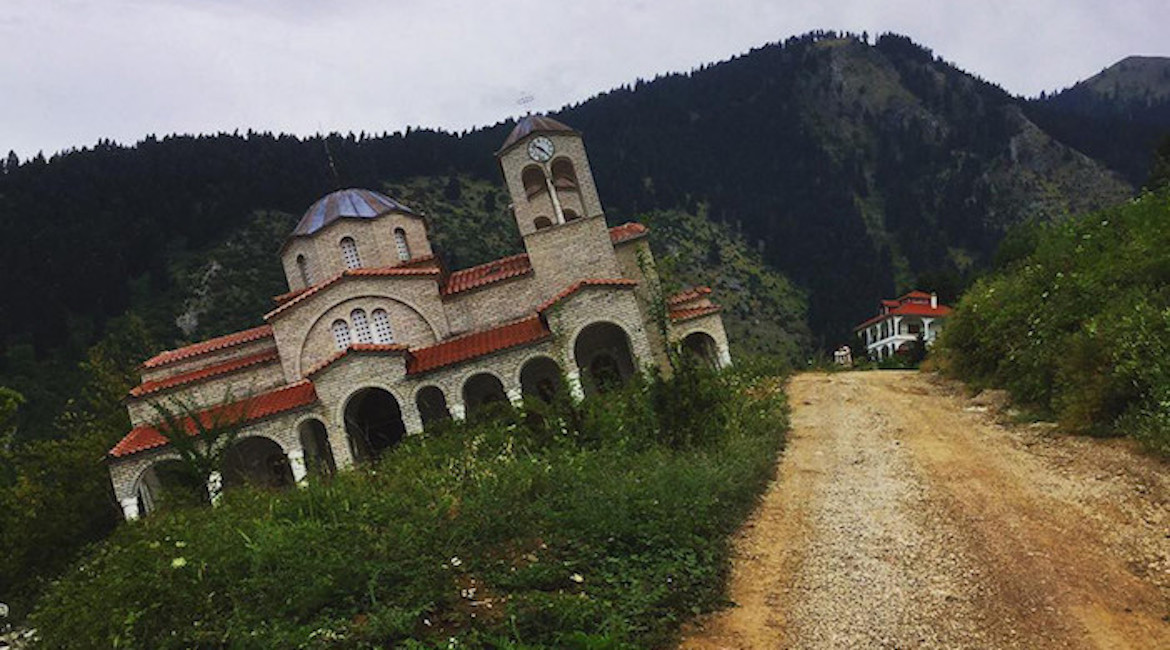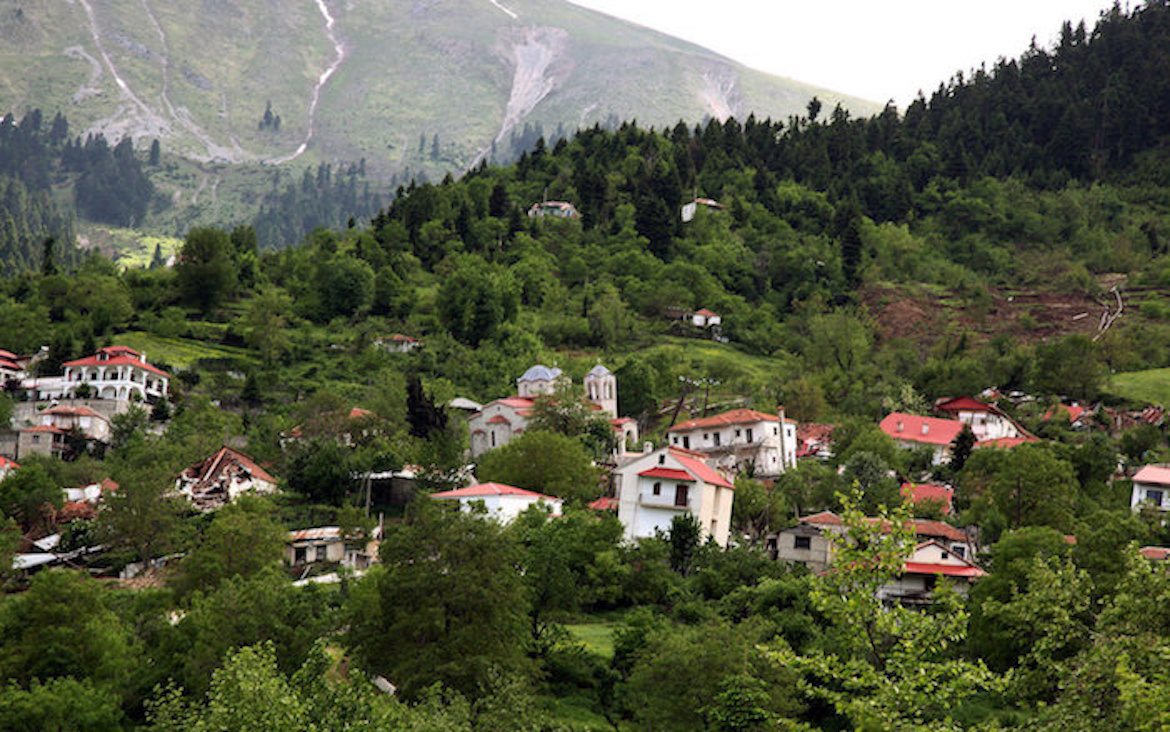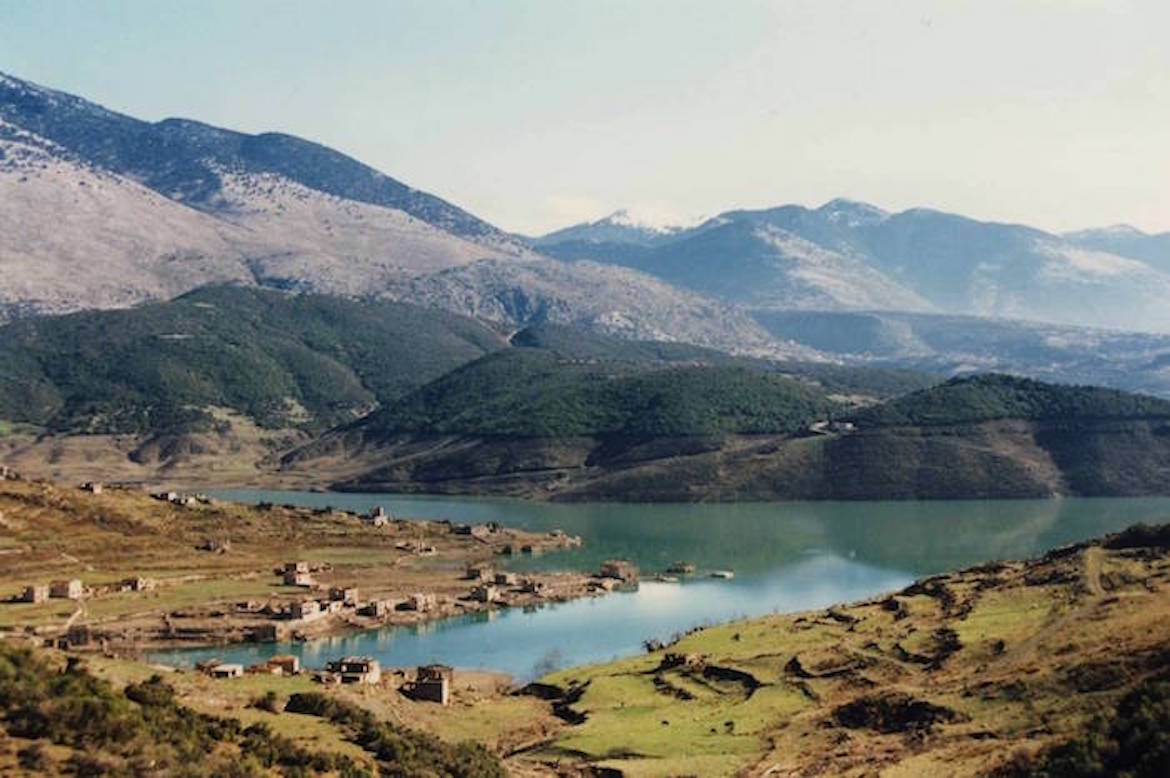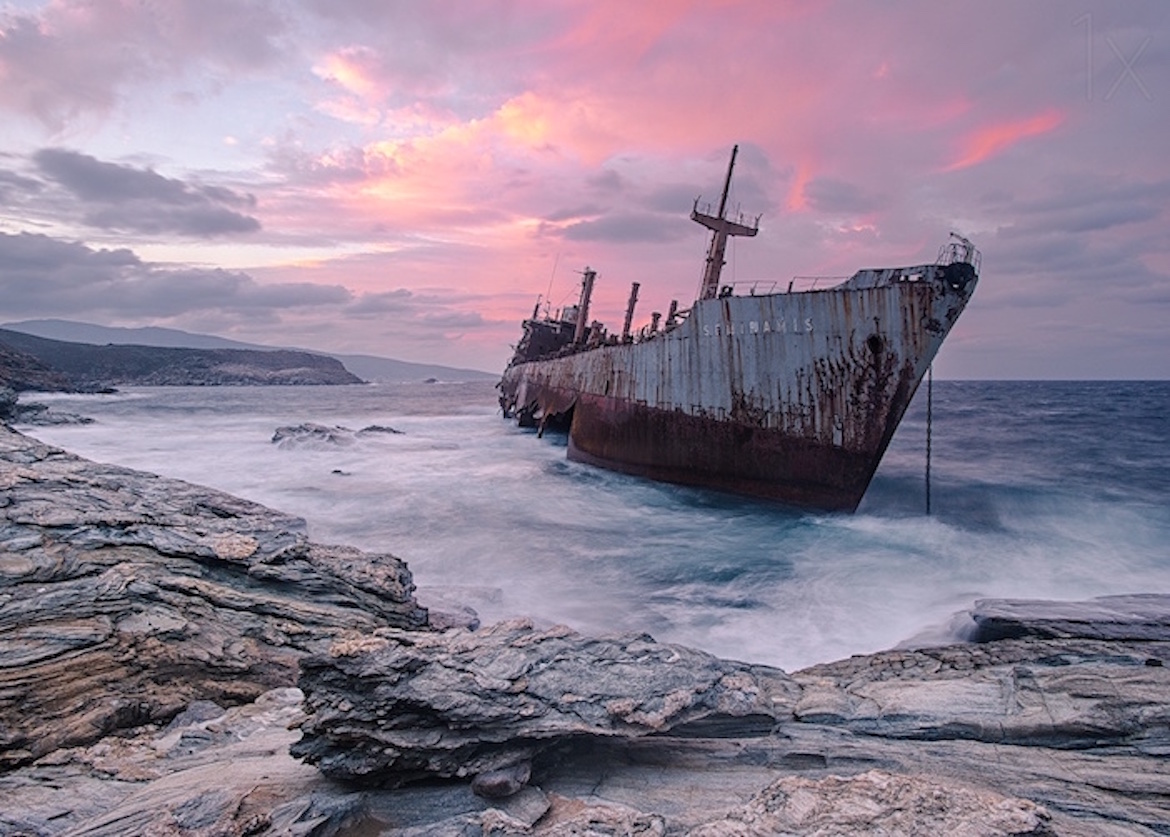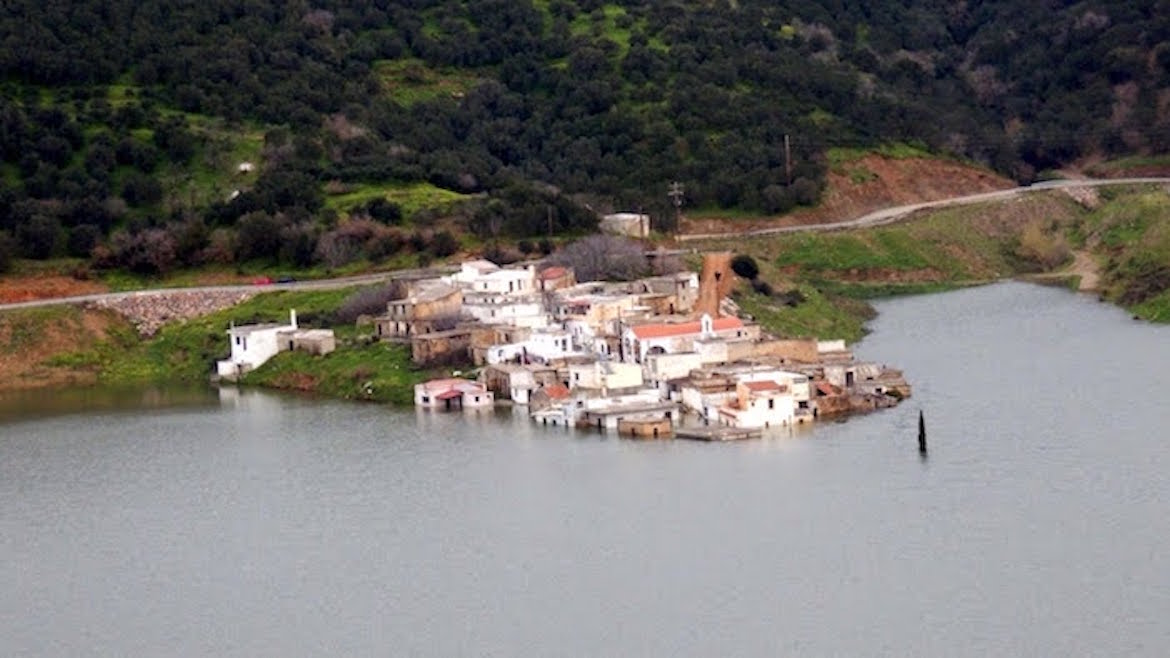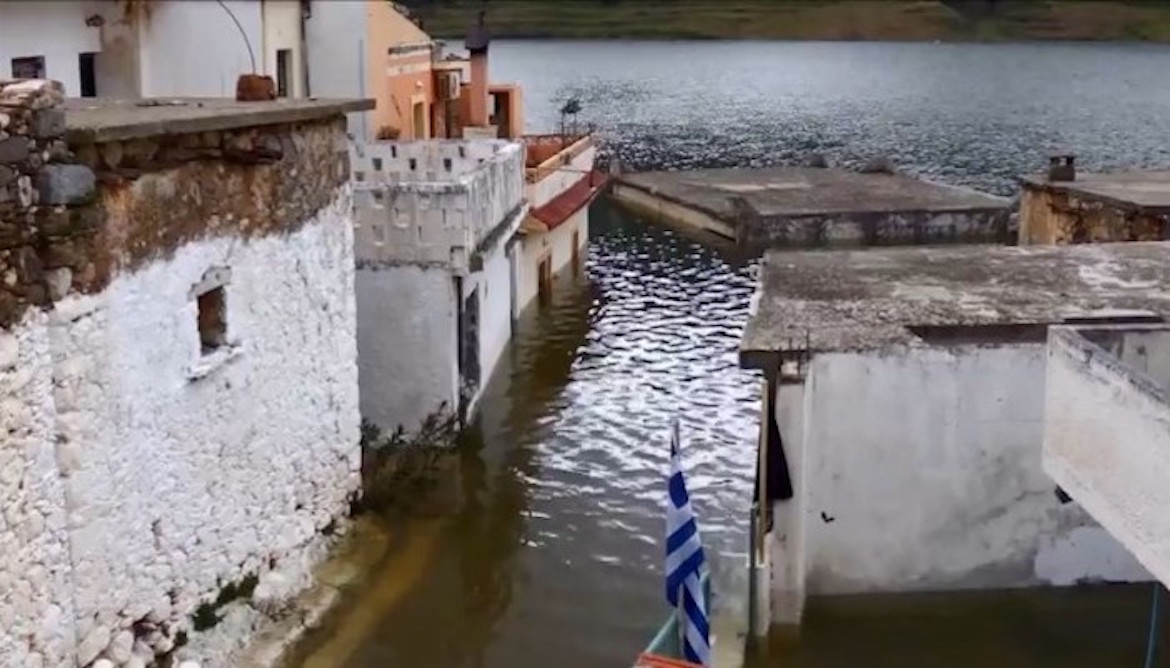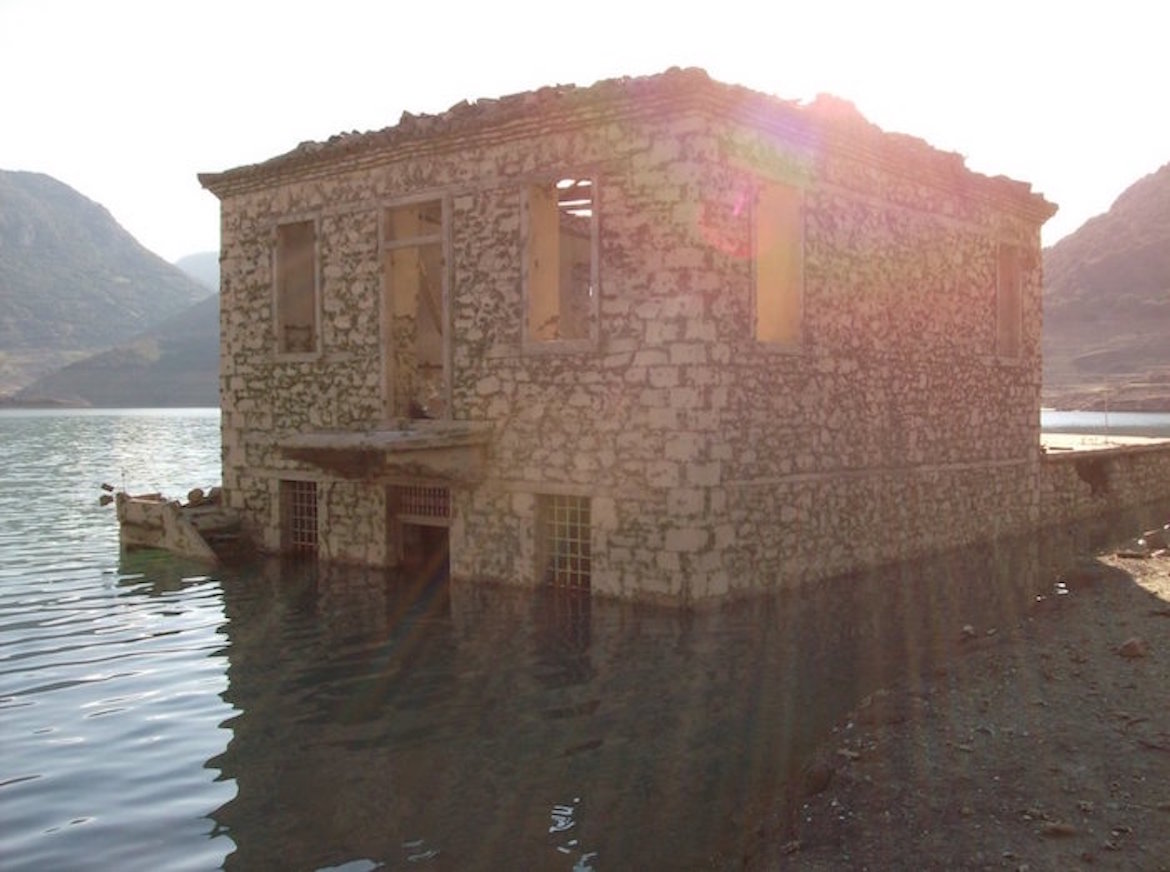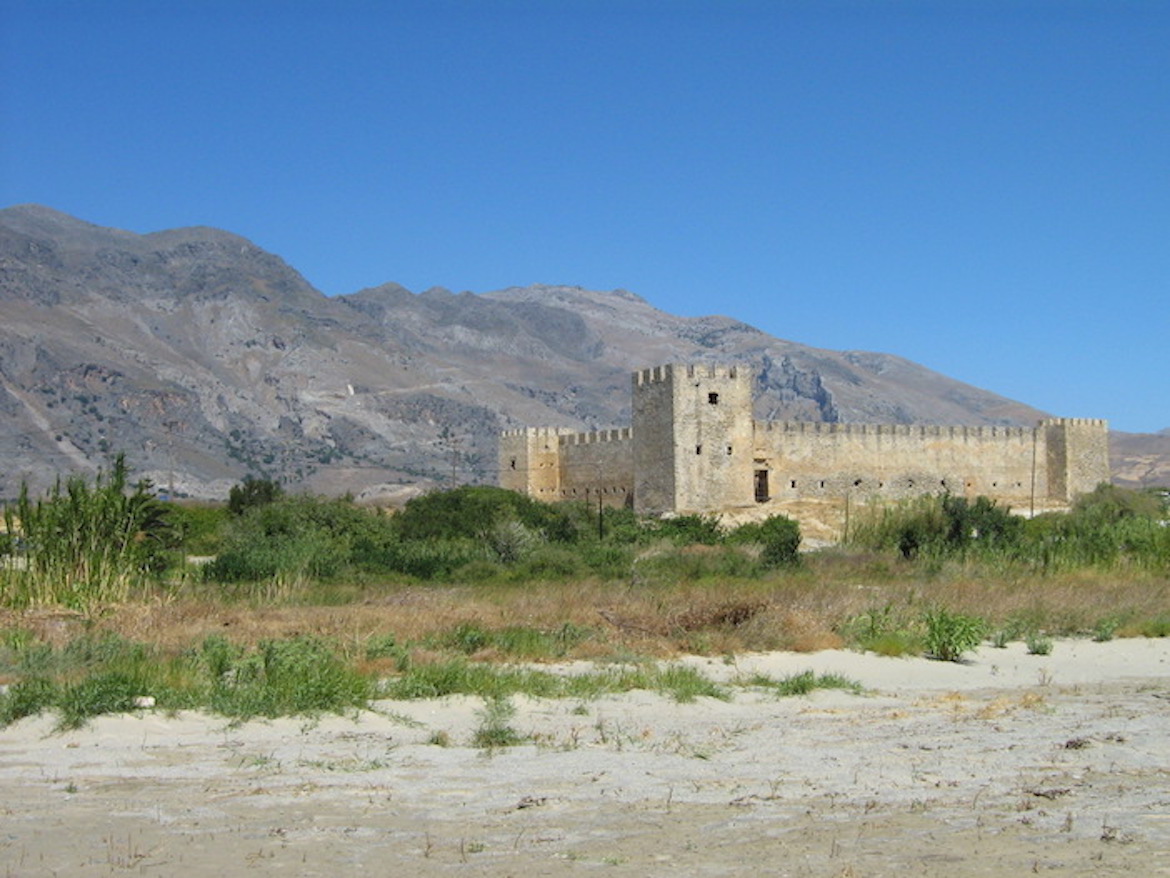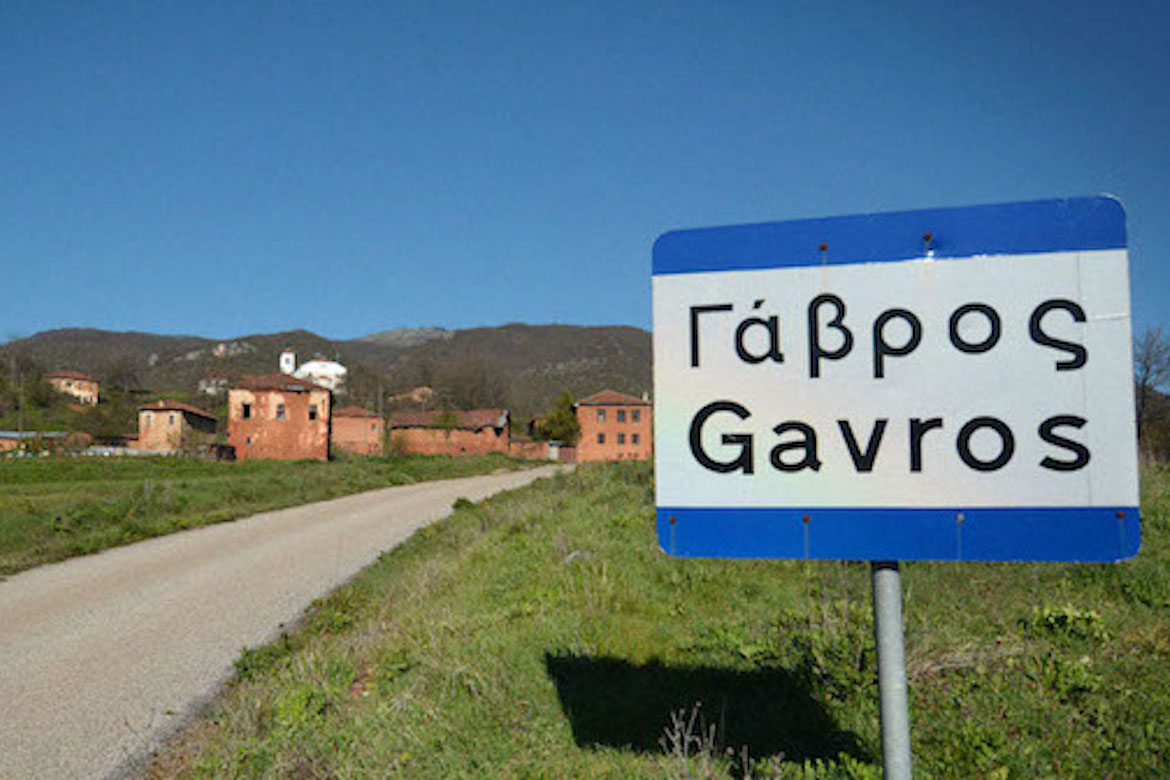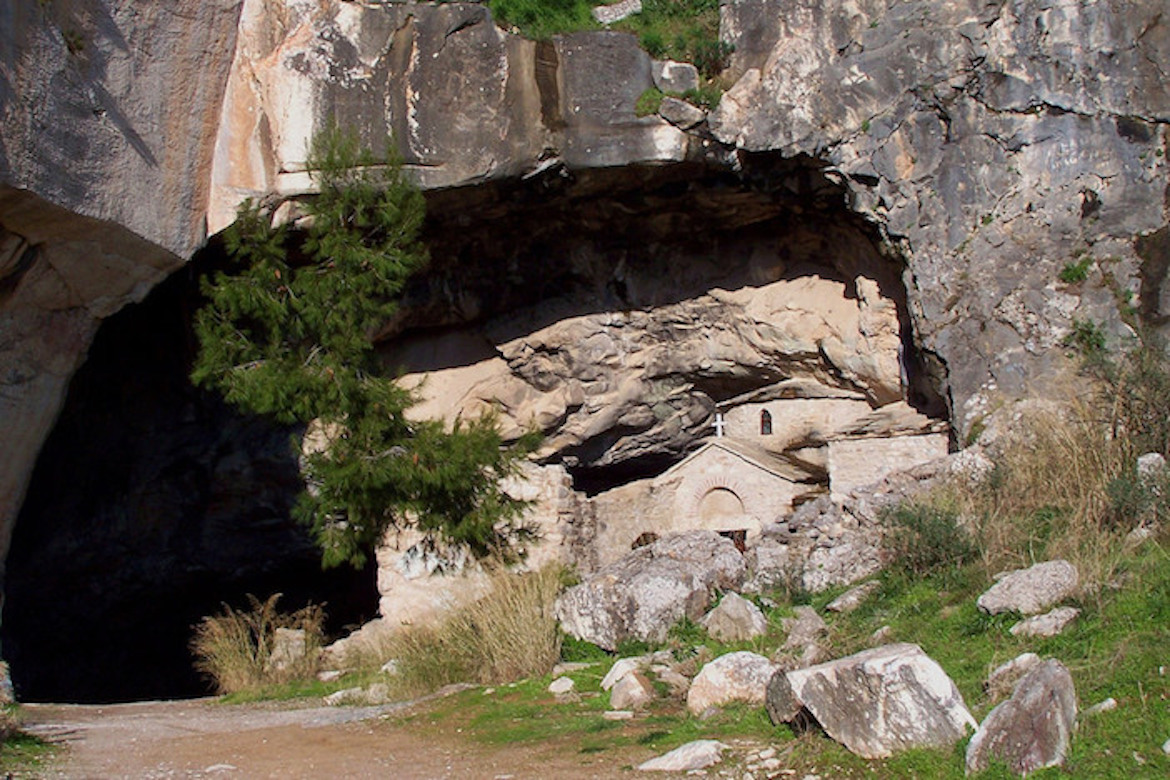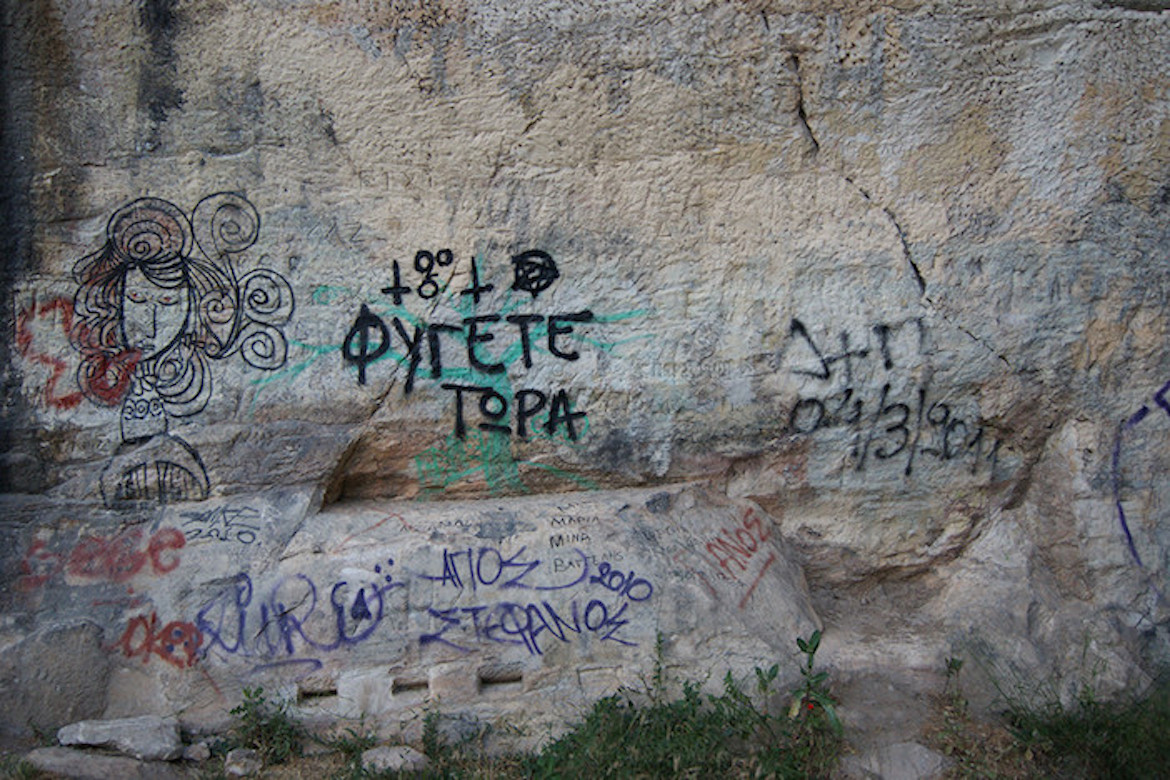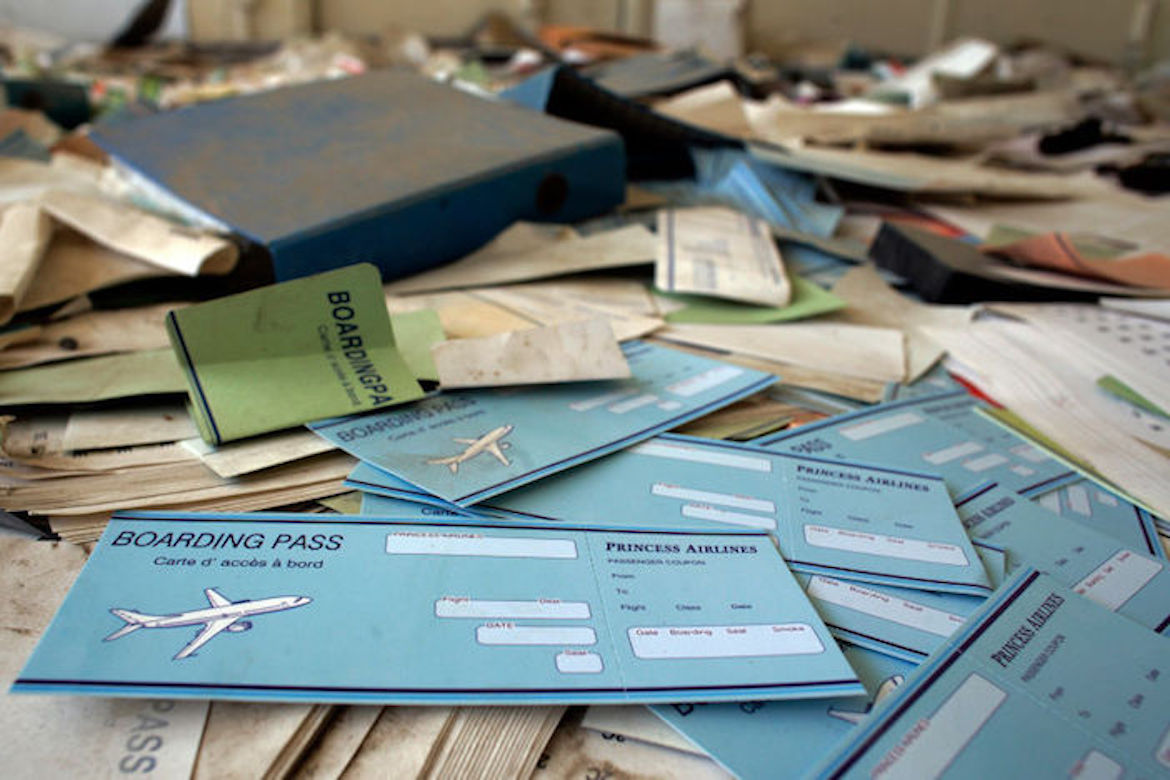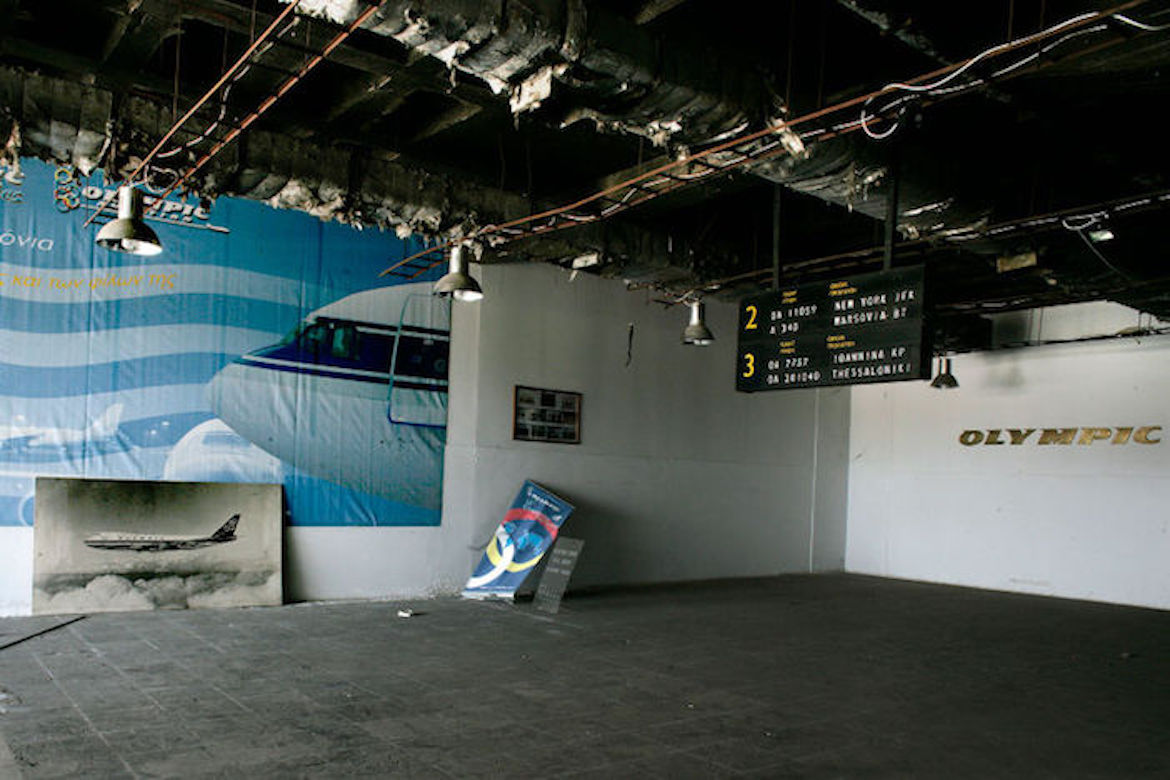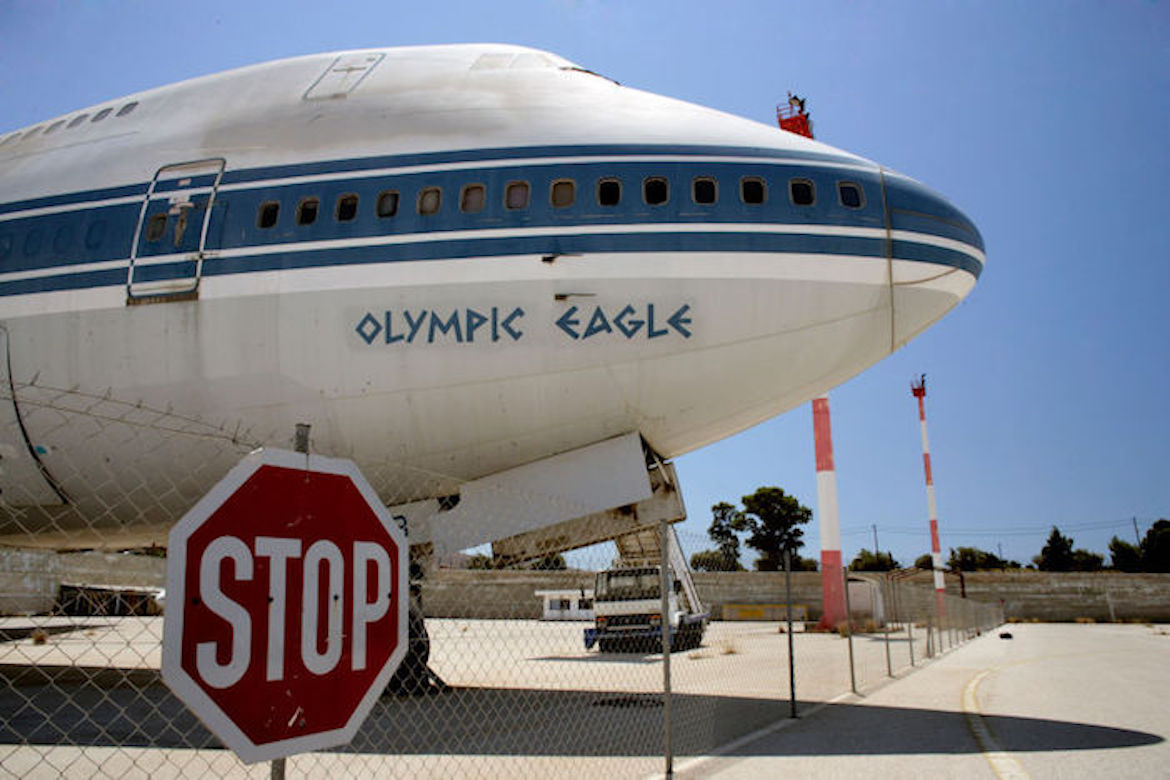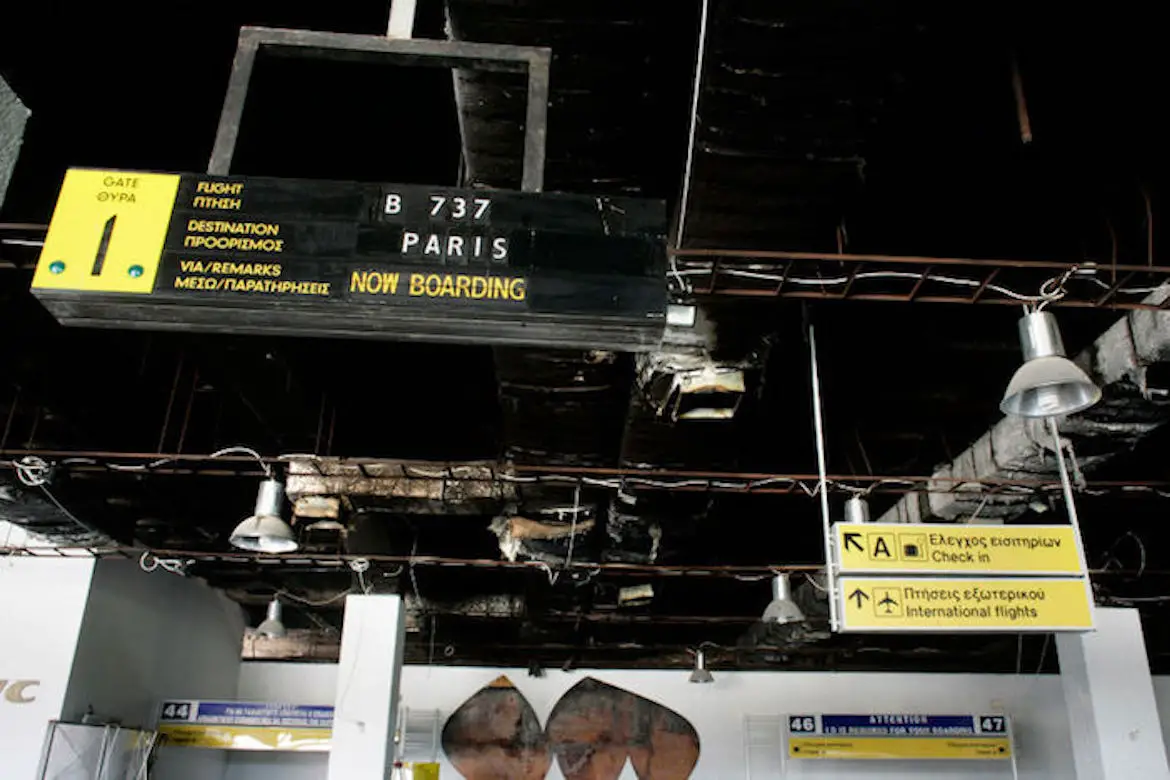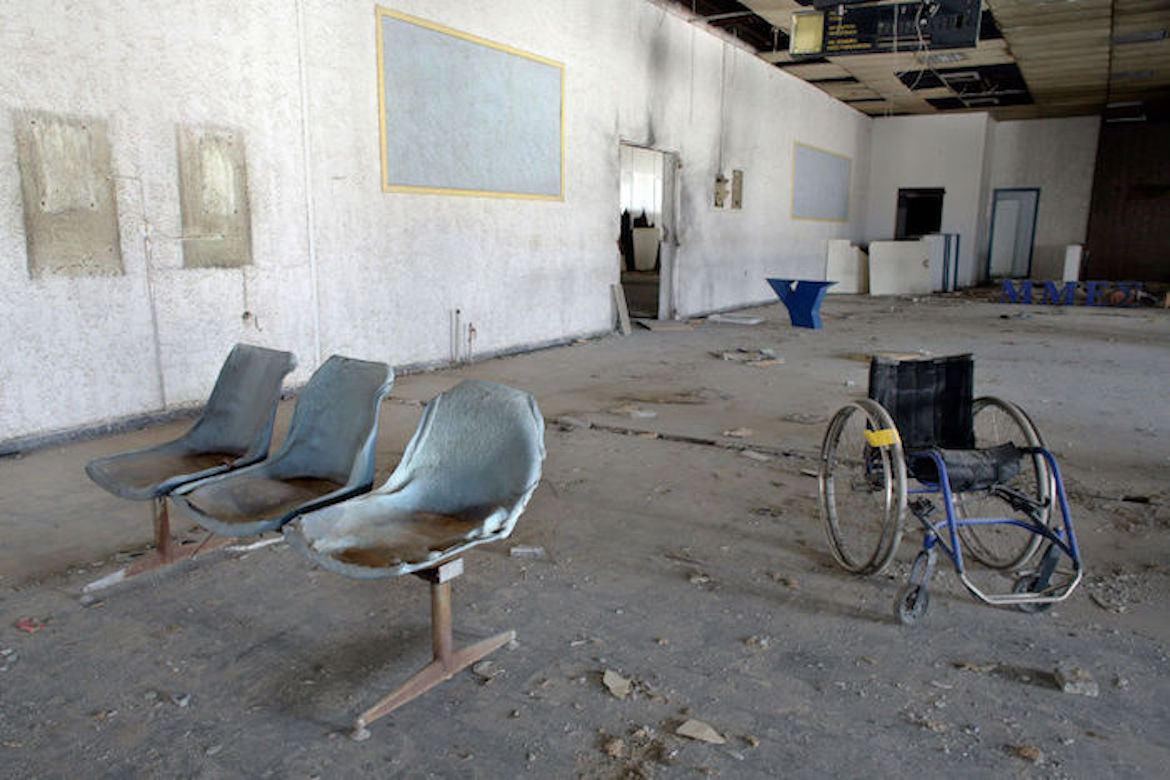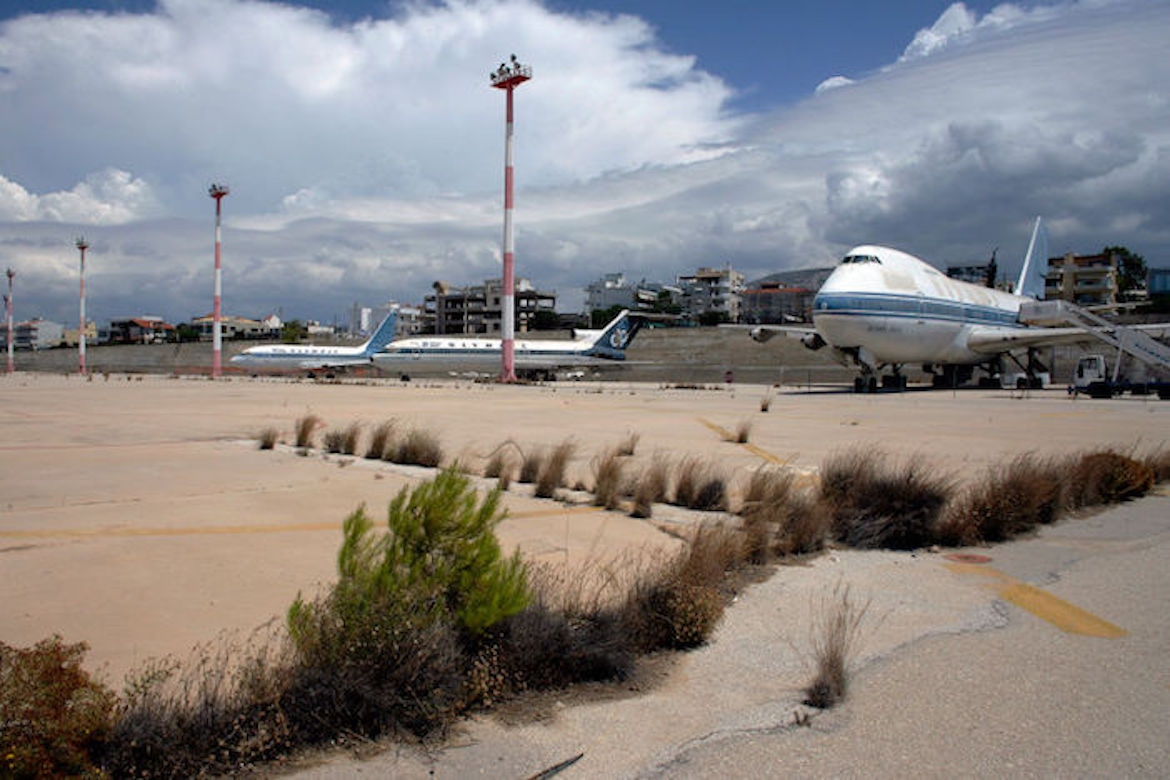Greece has its share of creepy places, including entire villages that are victim to mother nature’s fury and others burned to the ground by the Nazis during World War IΙ, never to be inhabited again.
These sites are spread all around Greece — from the mainland to the islands — and certainly would not be featured in the average travel brochure, so we have chosen to highlight them here.
Check out our 10 creepiest places in Greece in 20 photos
1. Nea Voriza, Crete
This semi-constructed village of Nea Voriza was meant to be the new location for the village of Voriza, which was totally destroyed by Germans during the World War II.
After the war the Greek government sought to rebuild the village for residents who had lost their homes, but it was left abandoned when the Cretans opted instead to rebuild their new village on the ashes and rubble of their original location.
The region, close to Greece’s northern border, was a hotbed of fighting and warfare during the Civil War and some locals believe the residents fled across the border when the Communist-led forces lost the war.
2. Ropoto, Thessaly
Townspeople of Ropoto had no choice but to leave their village and relocate to more stable ground. Cracks first appeared in the 1980s, but warning signs were ignored and building continued for decades until the 2012 landslide in the central Greek mountains which caused buildings to collapse and others to hang perilously on the mountainside.
3. Kallio, Dorida
The village of Kallio was a victim of the dam of Mornos, which was constructed in 1980.
4. Semiramis Shipwreck, Andros
Off the eastern coast of the island of Andros lies the shipwreck of the Semiramis, a dry bulk cargo vessel that ran aground in September 1996.
No efforts were ever made to remove the ship and its rusting shell lies eerily off the coast of the island like a ghost ship.
5. Sfentyli, Crete
Another victim of mankind trying to alter mother nature’s natural course is the village of Sfentyli on the island of Crete.
Built on the tip of land along the coast of a tiny lake, Sfentyli sank as flood waters engulfed the town’s church and surrounding homes .
The change was necessary to accommodate the new Aposelemis Dam which is intended to solve the fresh water crisis in eastern Crete.
Sfentyli’s residents were forced to relocate a few kilometers in higher elevation since a new lake was formed by the dam, sending water that flooded the village.
6. Frankish Castle, Crete
This Frankish castle on Crete’s southern coast is said to be haunted by drosoulites, ghosts of 600 brave Cretan fighters who defended the castle from the Turks.
Strange cloud formations form around the castle and locals have reported strange sightings, kidnappings and other unexplainable happenings.
According to legend, the bodies of the dead Cretan defenders lay around the castle unburied. Because they were never given a proper burial, it is said that their souls haunt the environs of the castle.
7. Viniani, Central Greece
A 1966 earthquake made the village of Viniani near Karpenisi in the Evrytania province of central Greece completely uninhabitable.
The historic village was the spot where the “mountain government” was sworn in — an alliance of rebels who fought the Nazi German occupation.
A few hundred meters nearby is “Nea Viniani” where residents rebuilt their town. The village gets its name from the Latin word “vinum” because of the large number of fertile vineyards that grew in the region.
8. Gavros, Western Macedonia
This tiny village between Kastoria and Florina in northern Greece was inhabited by Slavic people. Not much is known about why its residents abandoned their homes, but markings in the remnants indicate that the town was still inhabited in the early 1950s.
9. Develis Cave, Attica
This hideout of thieves, monks and home of goat-footed gods, the Davelis Cave is located just a stone’s throw from Athens on the slope of Penteli Mountain.
The cave is one of the most mysterious places in all of Greece, yet it is not a regular place for visitors. Inside the cave is a rare double Byzantine church built directly into the rock. One half is dedicated to St. Spyridon and the other to St. Nicolas. It was used by 12th century Christian hermits associated with the gnostics.
A bit deeper into the cave, an even older god was worshiped — Pan. Many artifacts excavated from the Penteli cave depict Pan and his nymphs. These objects can now be seen in the Archaeological Museum of Athens.
Develis Cave has been plagued with rumors and strange sightings, including electronics going haywire, water rolling up instead of down and sightings of cat-like creatures walking on two legs. On the left wall, you can see the etchings of past travelers, including several 19th and early 20th century English writers.
More recently, the cave has been associated with Occultists and devil worshipers, with strange sacrifices taking place in and around the cave.
10. Ellinikon International Airport
Opened in 1938, the main airport serving millions of Greeks and tourists alike was operational until 2001 when the new airport opened farther away outside the city center in Spata.
Shortly after it became operational, the Nazis took over the airport after conquering Greece in 1941 and used it as a Luftwaffe base for four years during their occupation.
The Greek government signed an agreement with the United States Air Forces, who used it as a base from October 1945 until 1991. Throughout this time, the airport — divided between a domestic and international terminal and shared runways — served as the home base of Greece’s national carrier, Olympic Airlines, as well as dozens of other international carriers who brought millions of tourists to Greece during its six-decade run.
Today, the airport remains a creepy, abandoned facility that looks like time stood still and everyone just vanished.
Wheelchairs lay, waiting to transport passengers to airplanes.
Signs still carry flight departure information and around check-in desks are blank boarding cards. Airplanes even lay abandoned on the tarmac.
Is The Pappas Post worth $5 a month for all of the content you read? On any given month, we publish dozens of articles that educate, inform, entertain, inspire and enrich thousands who read The Pappas Post. I’m asking those who frequent the site to chip in and help keep the quality of our content high — and free. Click here and start your monthly or annual support today. If you choose to pay (a) $5/month or more or (b) $50/year or more then you will be able to browse our site completely ad-free!

Click here if you would like to subscribe to The Pappas Post Weekly News Update



